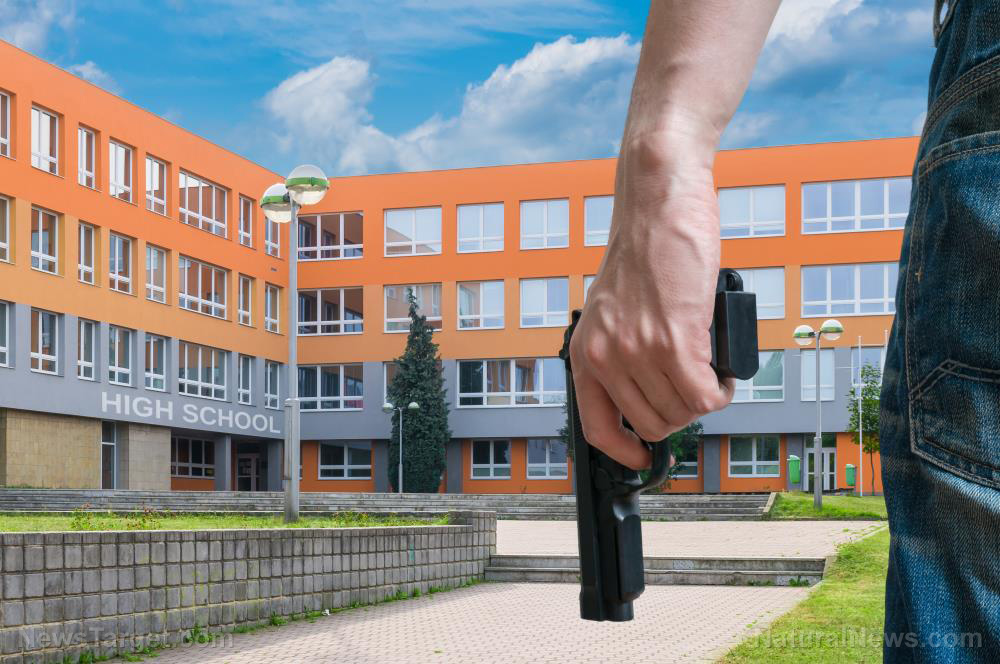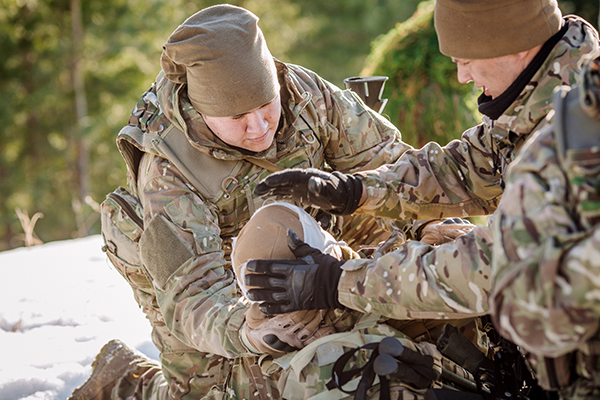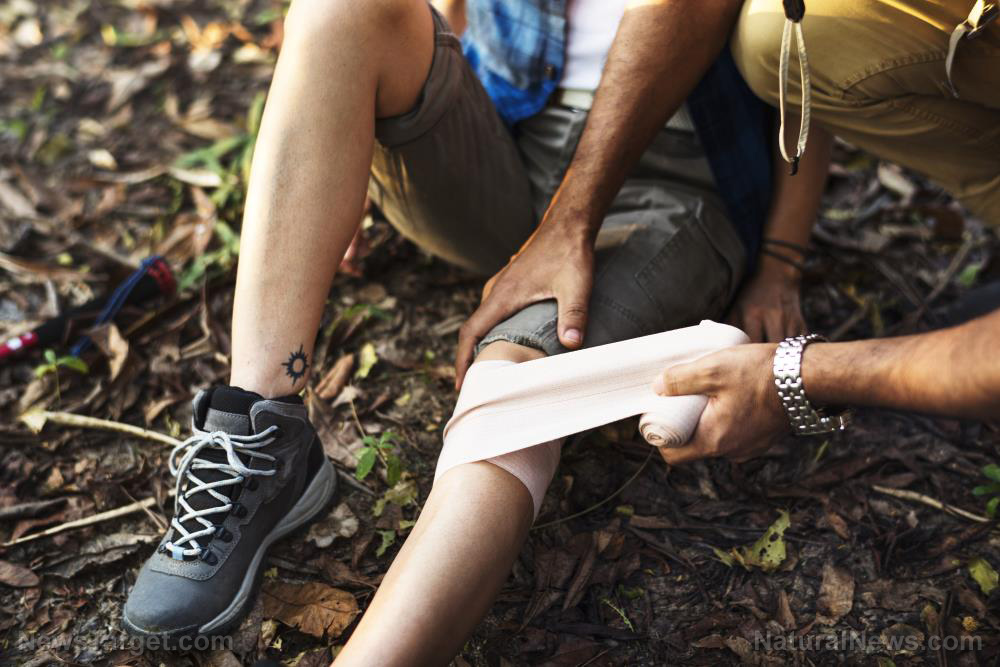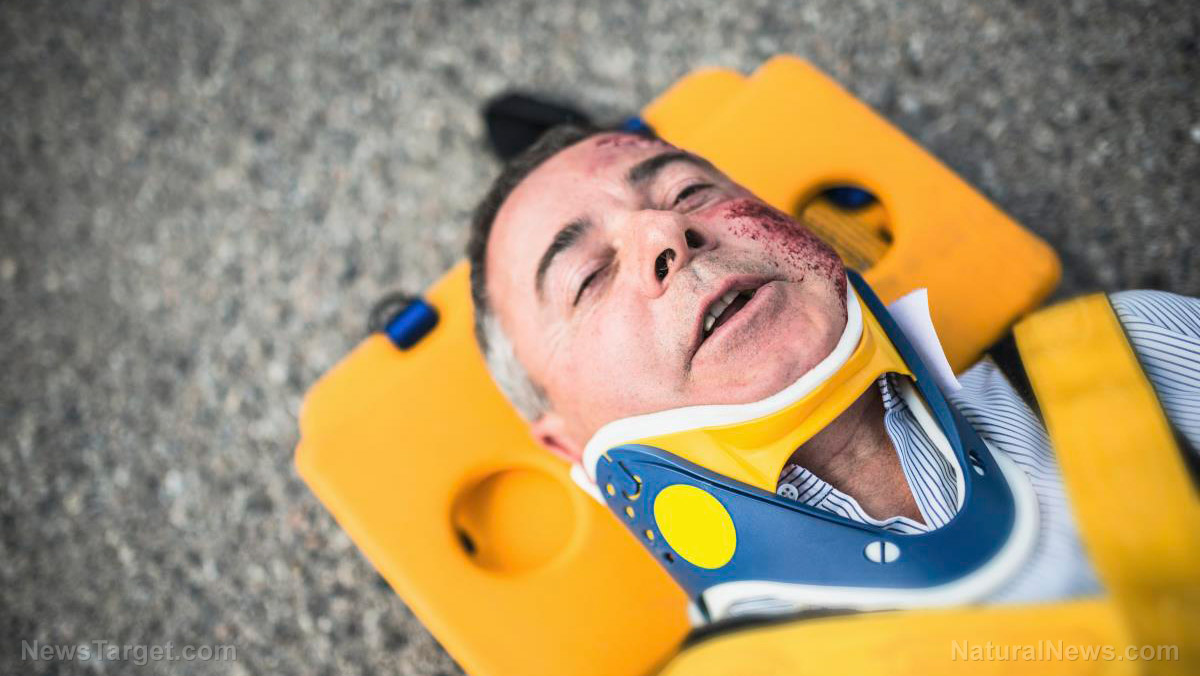
It's a scary thing to think about, but in this day and age, you may to have to consider the possibility of getting shot. Learning more about gunshot wounds and how to deal with them will be crucial when SHTF. (h/t to Survivopedia.com)
What happens when you get shot?
The first thing to understand is how a bullet (or the projectile) interacts with a body. A bullet coming into contact with the body has a lot of momentum, and that momentum has to go somewhere. A standard 9 mm bullet, which is commonly fired from handguns, travels at a speed of about 900 mph. Imagine all of that momentum crashing into your body at a single point. This causes a tremor that damages surrounding tissues and organs, even if the bullet didn't reach them.
Because of this momentum, a person could still get injured even if he was wearing a bulletproof vest. Depending on the vest's durability, it may help catch a bullet. If the vest is not well-made, a shot from a high-powered rifle may still penetrate it.
Factors that affect how lethal a shot is
Whether or not a person survives a gunshot wound depends on a lot of factors. In the right conditions, even a person shot multiple times can still survive.
Here are some things that can affect a person's chances of survival:
- Ammo's caliber and gauge – This refers to the weight of the bullet and the rate of speed. Even a small bullet can be lethal if it travels fast enough. In the same way, large projectiles that move slowly may not be too damaging. A large bullet that travels considerably fast is generally lethal.
- Bullet's design – Some bullets have a metal casing called a jacket. This is to prevent the bullet from being damaged due to friction with the air. Bullets with jackets may cause less damage. However, some jackets expand and break apart, which will cause unbearable pain on the shooting victim.
- Bullet's velocity – As a bullet travels through the air, it can pull small debris along with it. Low-velocity bullets can be easier to treat because it doesn't pull in small debris into the wound. On the other hand, high-velocity bullets can cause a lot of pain as it pulls in debris into the wound and even through the exit wound. The debris may cause infection if not removed.
- Shot placement – Where a person was shot is a (if not the most) crucial factor that will determine his chances of survival. If a bullet hits a vital organ, he may die from organ failure. If a bullet hits an important vein or artery, it may result in major blood loss. Still, there have been cases wherein a person who got shot in the head and neck managed to survive.
What to do after getting shot
Knowing the shot placement and possibly an exit wound is crucial to survival. You will need to act quickly depending on where a person got shot.
1. Ensure your safety and call for help
If you or someone else got shot, the first thing to do is to make sure that you and the other person is safe. Do not confront the shooter. If you're in a secluded area, depending on the severity of the wound, try to get to an open area where you can call for help. If you're with an uninjured person, ask him to call for emergency dispatch.
2. Apply first aid
While waiting for help to arrive, there are some ways to apply first aid. Treating a gunshot wound depends on the shot placement.
Check the quick guide below:
- Limbs – If a shot tears through a major artery on the limbs, it can cause severe blood loss. Apply a tourniquet to prevent this. Most importantly, don't forget to disinfect and clean the wound. Even if the injury is non-lethal, it may get infected and cause more problems in the future.
- Chest – Do not move a person who got shot in the chest. A chest wound is also called the sucking wound due to air coming into the opening. This can lead to a collapsed lung. Its symptoms include coughing up blood and shortness of breath. To help treat this, do the following:
- Treat the wound and exit wound (if there is one).
- Seal the wound with an airtight material, like plastic.
- If the victim is conscious, ask him to exhale and hold their breath long enough to push out the air from the chest.
- Tape the plastic on all sides except for the bottom corner where the air can escape.
- Apply steady pressure on the wound and check the victim's breathing.
- Abdomen – Sometimes the damage is so bad that even applying pressure to stop the bleeding may not be enough. The only thing you can do is ensure that the victim does not ingest anything. Doing this can complicate the abdominal damage and cause further problems.
3. Reassure the victim
A shooting victim may panic or become delirious after the event. Help him calm down and encourage him. If you're the gunshot victim, focus on breathing and believe in your ability to survive this. Once the emergency personnel arrives, make sure to inform him of every detail: the event, the wound and the first aid.
Gunshots are dangerous. The best way to survive is to avoid it in the first place. Always be alert and keep an eye out for potential shooters. If it does happen, your priority is always to escape.
Sources include:
Please contact us for more information.

















